Two of Zaha Hadid‘s buildings: One Thousand Museum in Miami and Opus in Dubai have won World Architecture Community Awards 2021.
Now in their 37th cycle, the World Architecture Community Awards recognize remarkable projects that inspire contemporary architectural discourse.
One Thousand Museum’s 62-storey concrete exoskeleton – a web of flowing lines integrating structural support with lateral bracing – reads from top to bottom as one continuous frame. Columns at its base fan out as the tower rises to meet at the corners, forming a rigid tube highly resistant to Miami’s demanding wind loads; its curved supports creating hurricane resistant diagonal bracketing. “The design expresses a fluidity that is both structural and architectural,” explains project director Chris Lepine. “The structure gets thicker and thinner as required, bringing a continuity between the architecture and engineering.” The design incorporates GFRC form-work which remains in place as construction progresses up the tower. This permanent concrete form-work also provides the architectural finish that requires minimal maintenance. Behind the exoskeleton, the faceted, crystal-like façade contrasts with the solidity of the structure. With its frame at the perimeter, the tower’s interior floor plates are almost column free; the exoskeleton’s curvature creating slightly different plans on each floor. On the lower floors, terraces cantilever from the corners, while on the upper floors, the terraces are incorporated behind the structure.
Home to the new ME Dubai hotel, the Opus for Omniyat was designed as two separate towers that coalesce into a singular whole—taking the form of a cube. The cube has been ‘eroded’ in its center, creating a free-form void that is an important volume of the design in its own right. The two halves of the building on either side of the void are linked by a four-storey atrium at ground level and also connected by an asymmetric bridge 71 meters above the ground. The cube’s double-glazed insulating facades incorporate a UV coating and a mirrored frit pattern to reduce solar gain, while the void is created from 4,300 individual units of flat, single-curved or double-curved glass. The high-efficiency glazing units are comprised of 8mm Low-E glass (coated on the inside), a 16mm cavity between the panes and 2 layers of 6mm clear glass with a 1.52mm PVB resin laminate. During the day, the cube’s facade reflects the sky, the sun and the surrounding city; whilst at night, the void is illuminated by a dynamic light installation of individually controllable LEDs within each glass panel. Furniture by Zaha Hadid Design is installed throughout the hotel, and the hotel’s bedrooms incorporate the ‘Vitae’ bathroom collection, designed by Hadid in 2015 for Porcelanosa, continuing her fluid architectural language throughout the hotel’s interiors.

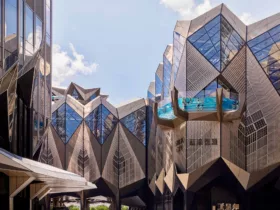
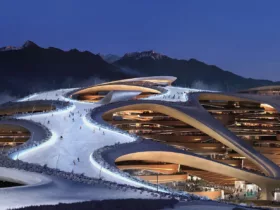




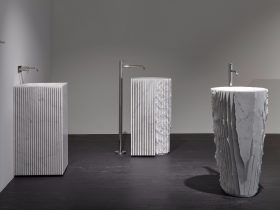
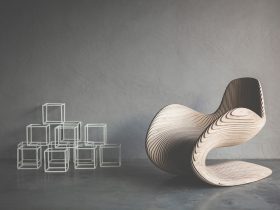
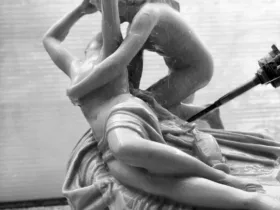






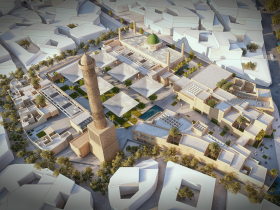


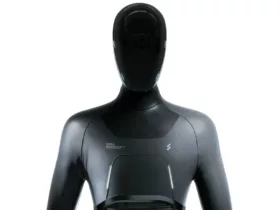

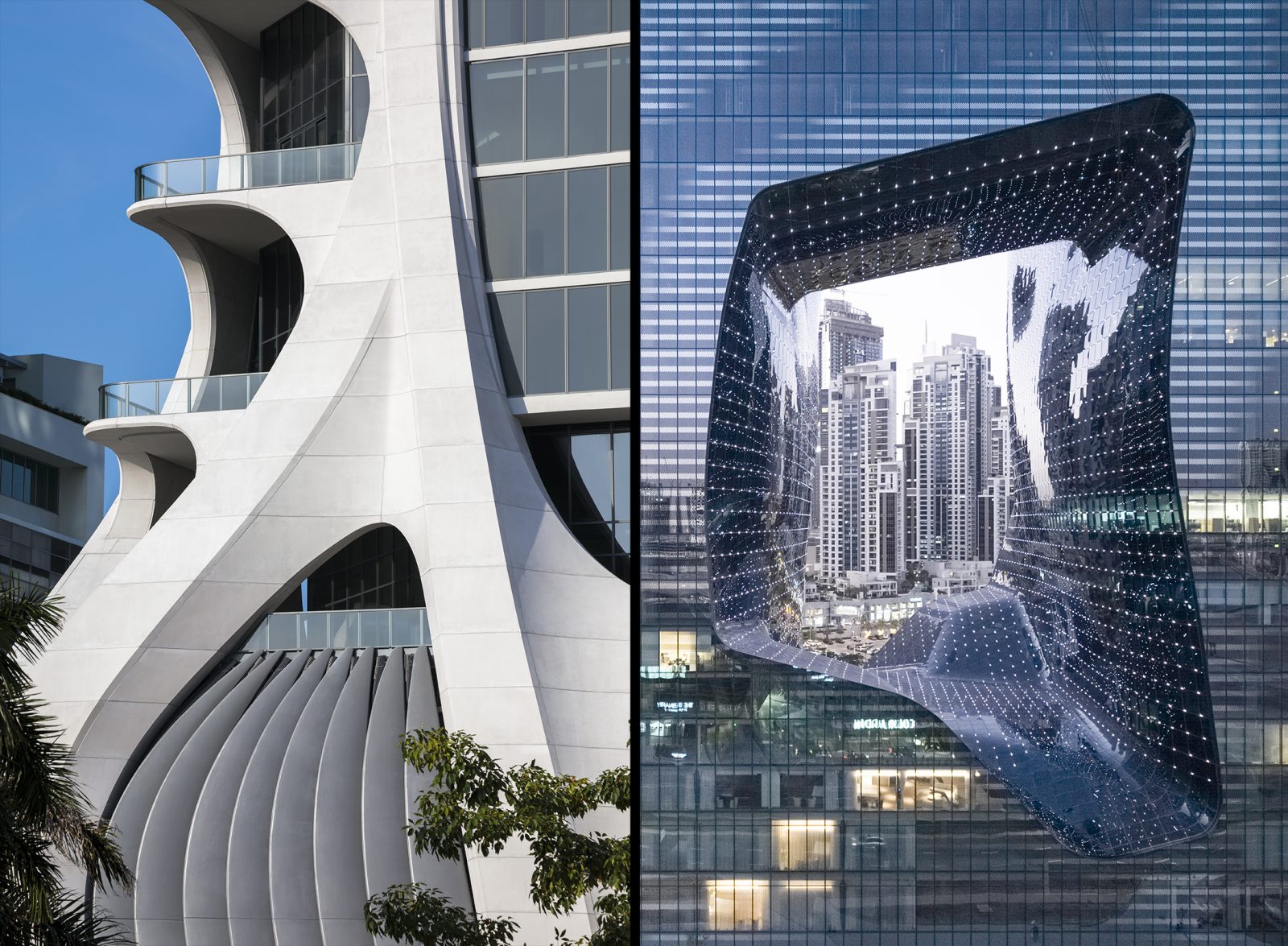

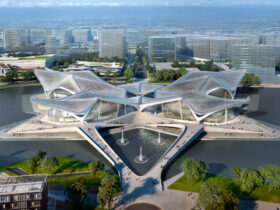


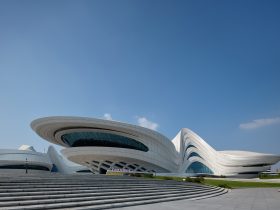
Leave a Reply